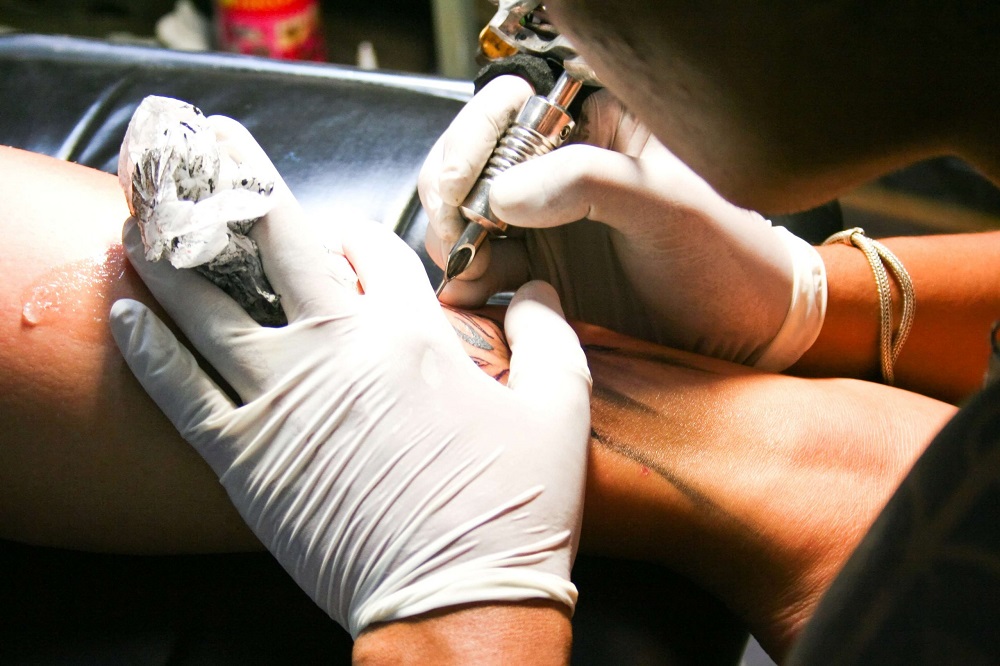- Have any questions?
- +62 21 2955 3671
- +62 8159 888 111
- sam.mirza@sabine-pictures.id
Alcoholic Neuropathy: Causes, Symptoms, and Diagnosis
Average Collection Period: Definition, Formula, How It Works, and Example
December 15, 2021Hello world!
July 29, 2022Todd’s paralysis also sometimes happens after electroconvulsive therapy (ECT) given for depression. alcohol neuropathy stages The facial symptoms of Todd’s paralysis tend to go away quickly, in about 20 minutes after ECT. Todd’s paralysis can cause weakness, or an inability to move or feel parts of your body (paralysis). The affected parts might not be able to feel sensations normally.
- Those undergoing alcohol withdrawal often describe a sense of unease and physical discomfort, along with strong cravings for alcohol to relieve these symptoms.
- Many support systems and professional services are available in person or online to help you on your journey.
- Participating in therapy to develop coping mechanisms and beneficial sleep habits, while reinforcing sober behaviors, are essential to achieving recovery.
- Gray matter are tissues in the central nerve system that help you process information in the brain related to movement, memory, and emotions.
Living with Alcohol-Induced Sleep Disorder: Tips for Better Quality of Life
It primarily affects the peripheral nerves, leading to symptoms such as numbness, tingling, pain, and muscle weakness, typically in the limbs. A healthcare professional can offer support for people with alcohol use disorder. A doctor may also recommend treatments to manage neurological symptoms, such as pain relief medications, physical therapy, and mobility aids. Persons who are intoxicated are also at higher risk for head injury or for compression injuries of the peripheral nerves. Sudden changes in blood chemistry, especially sodium, related to alcohol abuse may cause central pontine myelinolysis, a condition of the brainstem in which nerves lose their myelin coating.
Wernicke-Korsakoff Syndrome: Signs, Effects, and Treatment
Todd’s paralysis is a temporary weakness or paralysis that can sometimes happen after a seizure. The numbers vary, but studies estimate that Todd’s paralysis occurs in up to 13% of people who have had a seizure. The https://ecosoberhouse.com/ symptoms of alcohol poisoning in a spider include erratic movements, disorientation, paralysis, and eventual death.

How is Alcohol Misuse Connected to Wernicke-Korsakoff Syndrome?
Our dedicated team offers compassionate support, ensuring you have the guidance and resources needed to navigate your journey to sobriety and wellness. Around 20% of the Sober living home population may experience sleep paralysis at some point in their lives. It typically begins during late adolescence, persists into their twenties and thirties, and frequently runs in families. Hallucinations occur during sleep paralysis, and those hallucinations can be vivid, intense, and frightening.
